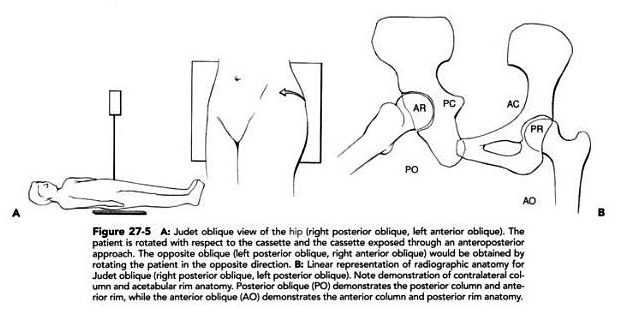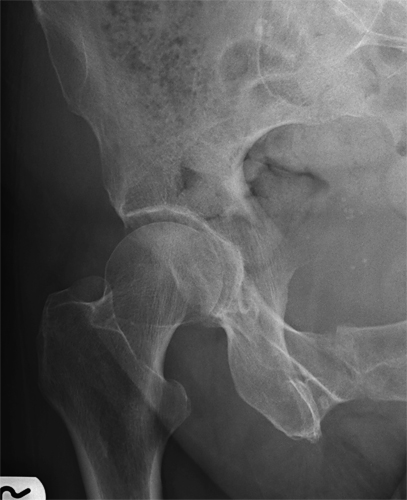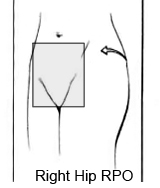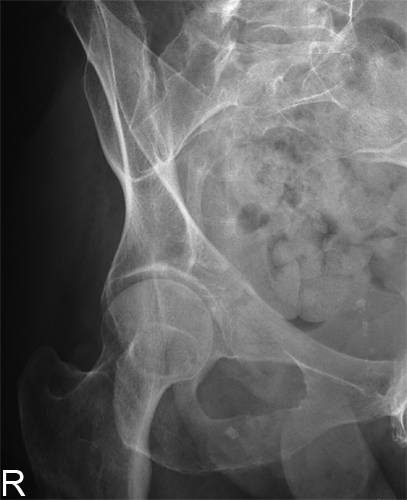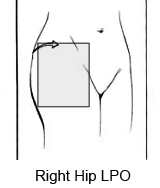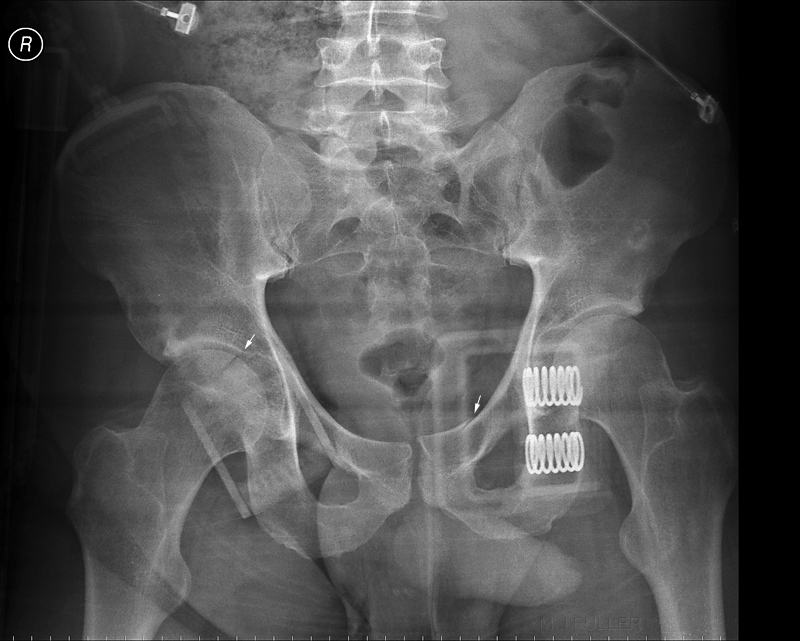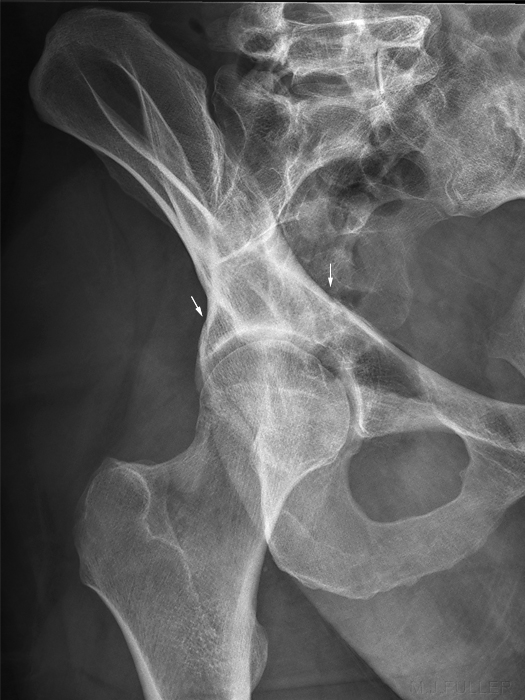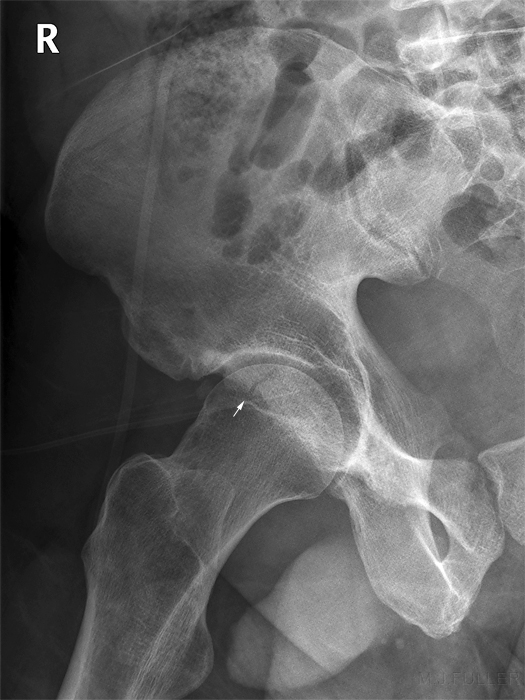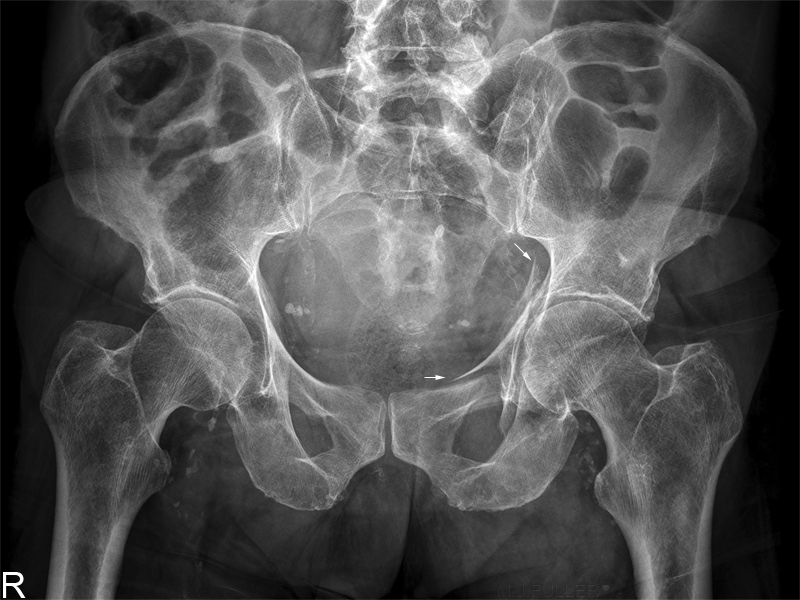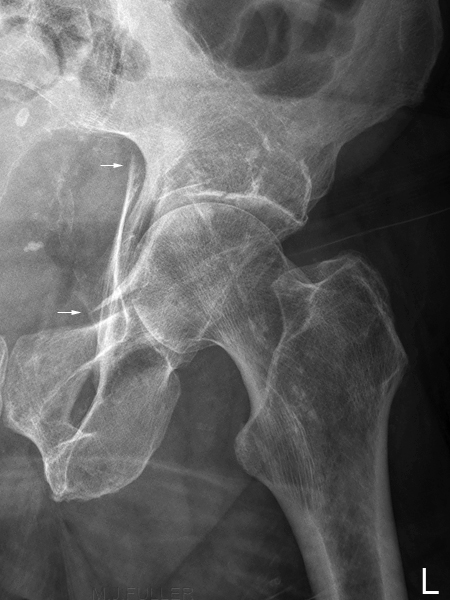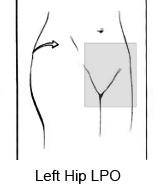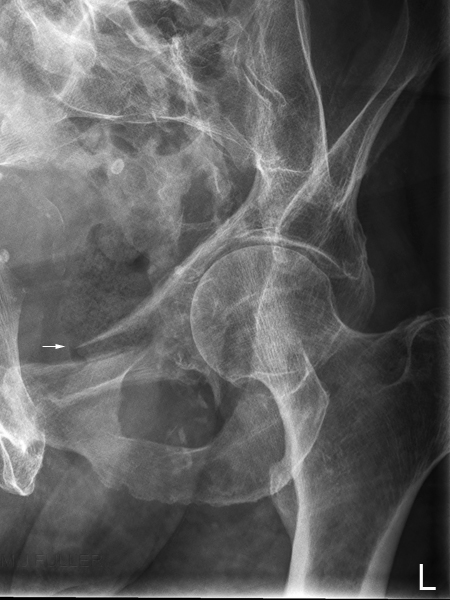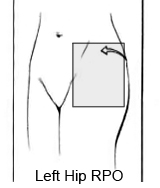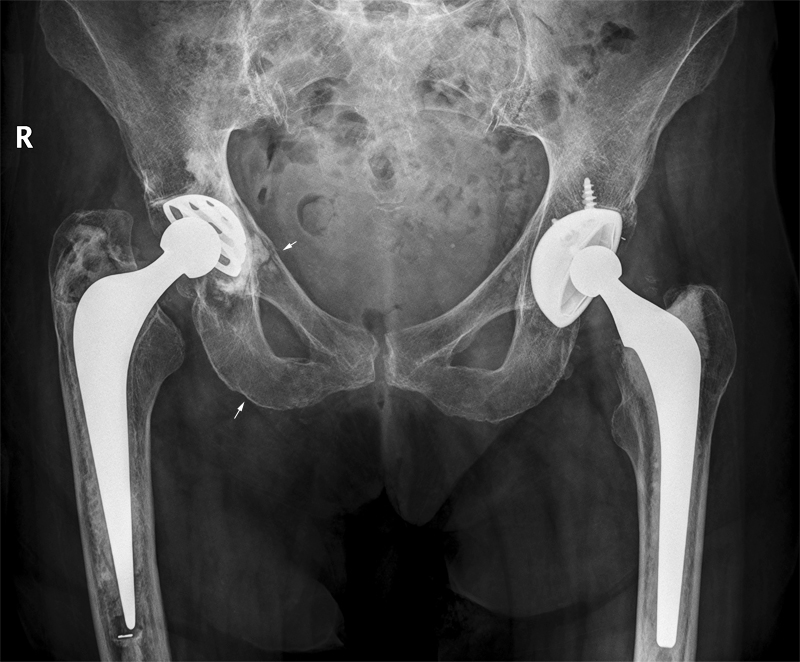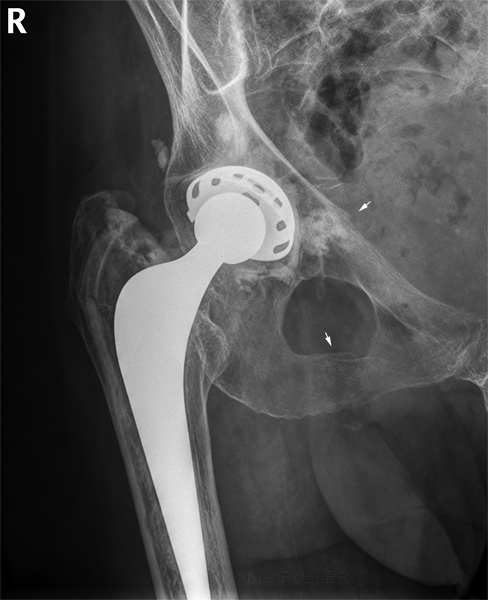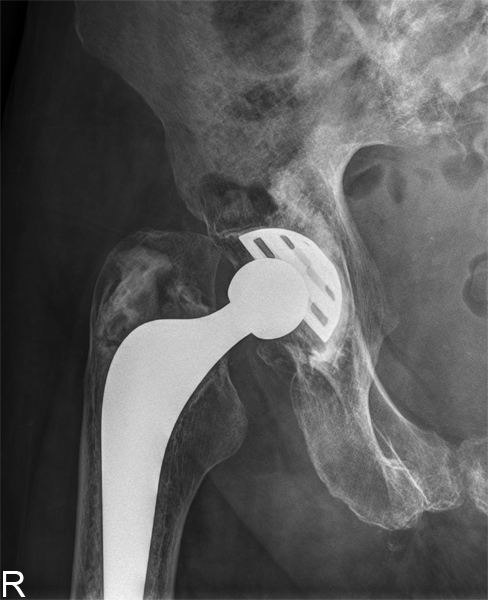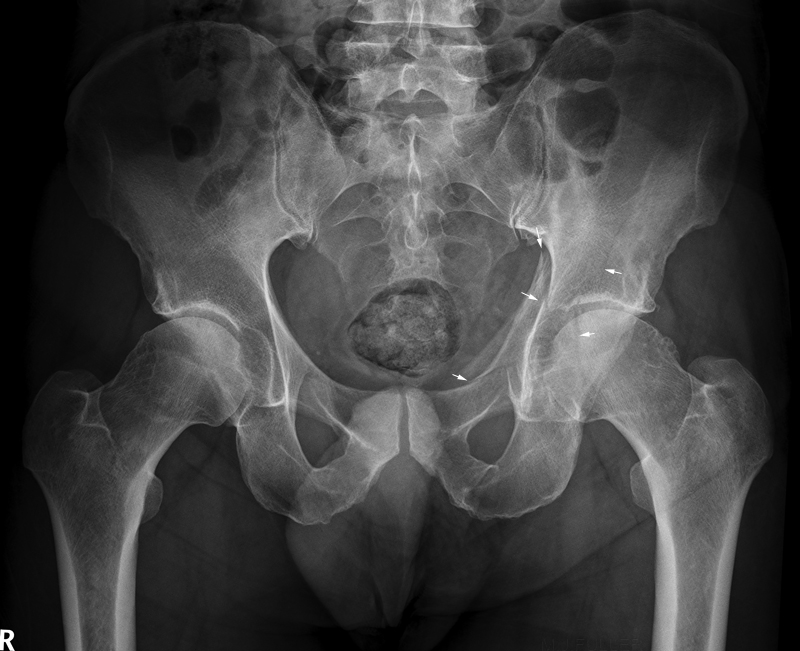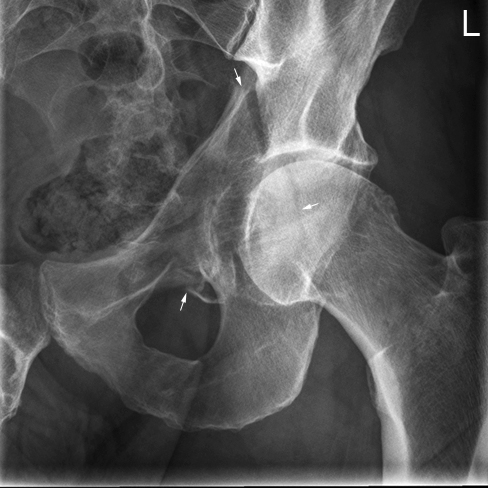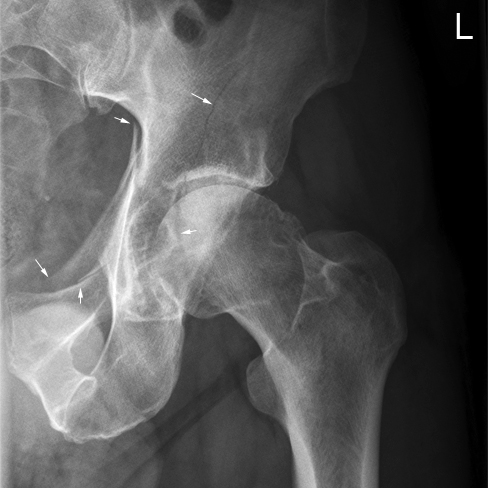Judet Views
Jump to navigation
Jump to search
Introduction
Case 1
Case 2
Case 3
Case 4
... back to the Wikiradiography Home page
... back to the Applied Radiography home page
RadiographyJudet's views are standard radiographic projections which are employed in patients with acetabulum fractures. This page is dedicated to all aspects of Judet view technique.
Source:John J. Callaghan, Aaron G. Rosenberg, Harry E. RubashThe adult hip, Volume 1http://books.google.com.au/books?id=CSaFS5Tod3QC&pg=PA360&dq=lateral+hip+radiography&cd=9#v=onepage&q=lateral%20hip%20radiography&f=falseJudet's views are generally only performed as a supplementary view. In cases of acute injury, they can be useful in demonstrating or confirming acetabular fractures. In a clinic referral situation, Judet views may be requested to follow-up fracture healing.
Judet views are basically 45 degree obliques of the affected hip. The 45 degree angle is best achieved by rolling the patient. Alternatively, tube angulation (with careful consideration of grid line orientation) is a legitimate alternative. In patients with acute injuries, rolling the patient will be very painful. Consultation directly with the referring doctor (or preferably the orthopaedic surgeon) will ensure that your approach to performing these views is safe for the patient.
If the Judet views are performed using a bedside technique, a non-grid technique will ensure that the image is not marred by grid cut-off. The image quality which can be achieved with this technique is limited due to excessive scatter radiation. Transfer of the patient onto the X-ray table should be performed with the consent of the referring doctor (and the patient).This is the RPO Judet projection of the right hip (left side raised). Note that the patient's right obturator foramen "closes" in this position. This is the LPO Judet projection of the right hip. Note that the obturator foramen is "opened" in the position.
Case 1
Case 2
Case 3
Case 4
... back to the Wikiradiography Home page
... back to the Applied Radiography home page
